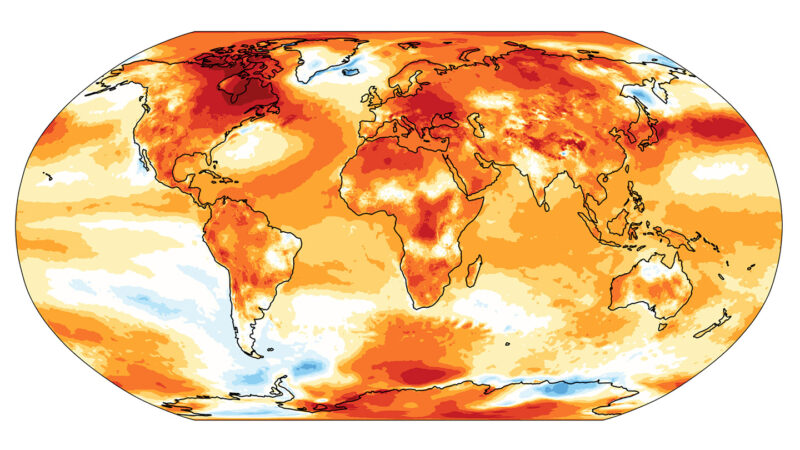It’s official: The year 2024 was indeed the hottest on record. It was also the first year in recorded history that Earth’s average temperature was higher than 1.5 degrees Celsius (2.7 degrees Fahrenheit) above preindustrial times.
What’s important about that increase? Global leaders had set a goal to keep Earth’s temperature under that 1.5 degree threshold. The reason: Anything above that risks greatly increasing extreme weather events across the planet. These range from heat waves and floods to storms, drought and more. The United Nations had outlined what it might take to stay below that 1.5 degree C increase in a series of reports over the past decade. Chief among changes that people would need to make: reining in use of the fossil fuels. They’re a large source of the world’s increasingly climate-warming greenhouse gas pollution.
Let’s learn about heat waves
Last year smashed through many global records. These included ones for air temperatures, sea-surface temperatures and atmospheric levels of those greenhouse gases. Scientists with the European Union’s Copernicus Climate Change Service outlined a list of those new records in a January 10 report.
Earth’s global fever in 2024 reached 15.10 °C (59.18 °F). That was 0.72 degree C warmer than the planet’s average temperature from 1991 through 2020. Even more important, that was 1.6 degrees C higher than the average from 1850 to 1900. That period was just before the Industrial Revolution. It’s when societies began to turn to fossil fuels as a main source of energy.
July 22, 2024, marked a particular milestone. That day was sweltering. From pole to pole, the average global temperature across the planet set a new record high of 17.16 °C (63 °F). The amped-up temps on land and sea, last year, was higher than ever seen in all the years since record-keeping began.
Explainer: How heat kills
All that heat had deadly consequences. Climate change “added on average 41 more days of dangerous heat in 2024.” It also played a role in “the deaths of thousands of people and the displacement of millions during extreme weather events last year.” Those are among the findings of a new analysis by World Weather Attribution and Climate Central.
Especially worrisome: Within 25 years or so, a large part of our planet may be too hot for us to live on. That’s the finding of a February 4 study in Nature Reviews Earth & Environment. By 2050 or so, some billion hectares — about the land area of the United States — or more could hit temperatures hazardous for human health. That’s three times the land area that currently can experience these dangerous heat levels, says Radley Horton. He’s a climate scientist at the Columbia Climate School in New York City.
Earth’s average temperature back around the 1760s was 13.5 °C (56.3 °F). When Earth’s average temps reach 2 degrees C (3.6 degree F) above that, huge regions may become so hot and humid that even young, healthy people face extreme danger, Horton says. Where would this be? We’re likely talking about large parts of South Asia and South America, parts of West Africa and some of the U.S. Southeast. These regions won’t be hot all the time. But they could experience extreme heat events at least once every 30 years or so.
As of last year, Earth’s temperature was already 1.6 degrees higher than the preindustrial average. Says Horton: “It’s sobering to see how close we already are to the brink.”
Last year wasn’t the first time Earth’s temperatures have risen above the 1.5 degree C mark. Pockets of the planet exceeded that benchmark in the last 10 years. And 2023 came awfully close to crossing that line.
But 2024? It was the first year the planet as a whole surpassed that limit.

















